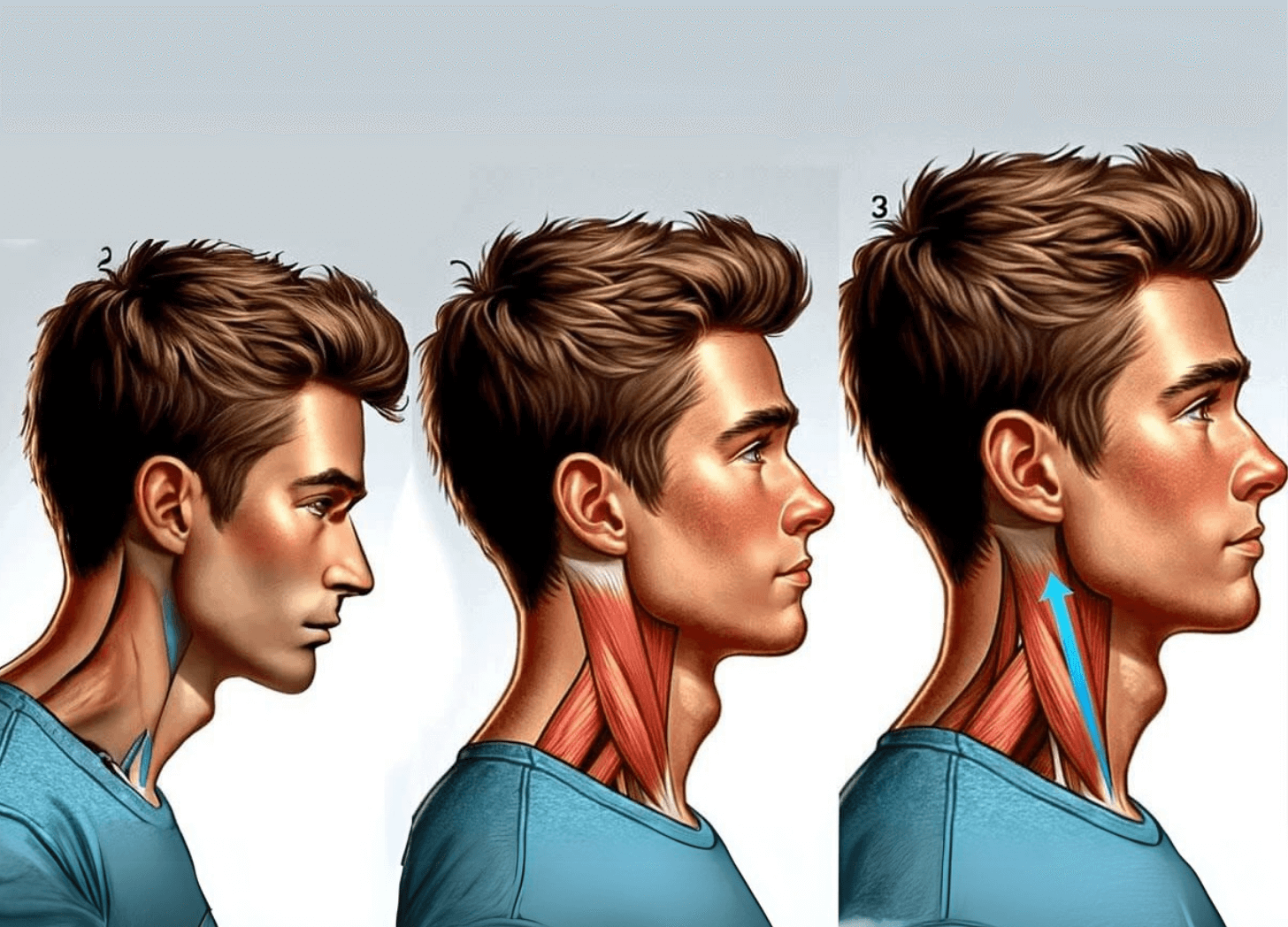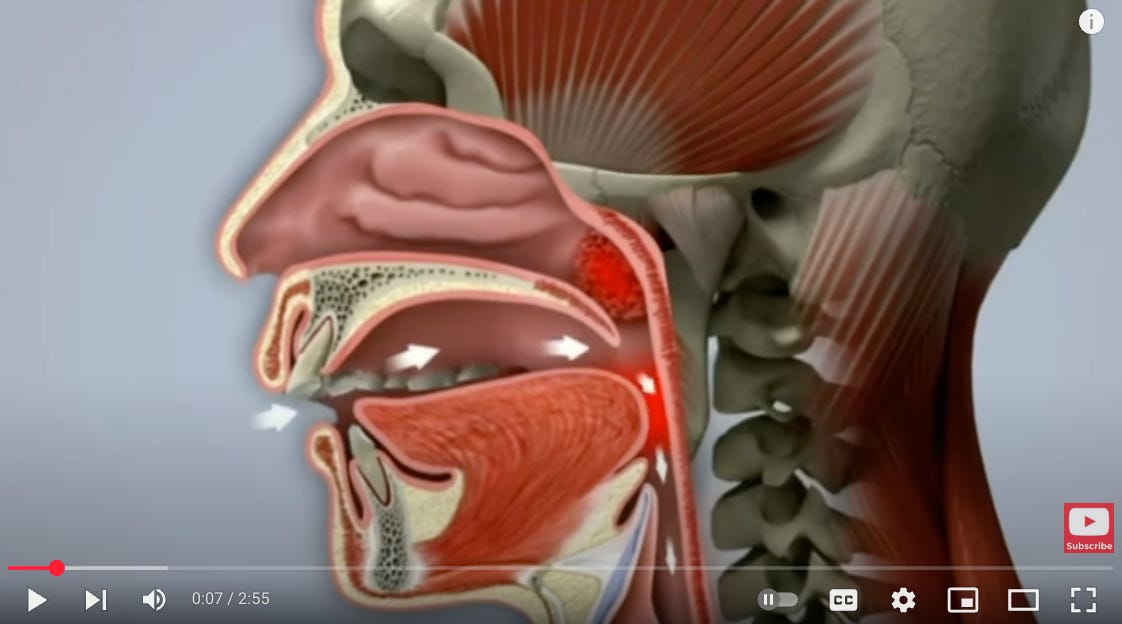The PROPER Way To Mew (FOR BEGINNERS)
Why your tongue posture might be ruining your face, your posture, and even your confidence.
Let me start with this: If you think mewing is just about pressing your tongue to the roof of your mouth, you're missing the point entirely.
Most people do it wrong.
And when they do, nothing changes not their jawline, not their posture, not their energy levels.
But done right? It can reshape the way you breathe, move, and hold yourself. Literally.
Here’s the problem: we grow up breathing through our mouths, slouched over desks, with soft diets and zero sensory stimulation. And then we wonder why our faces look tired, our necks jut forward, and our lower backs hurt. It’s not just bad luck. It’s neurological.
You can mew perfectly and still struggle with jaw tension, facial asymmetry, forward head posture, and even anxiety because your tongue posture reflects how your brain maps your body. If that internal map is off, no amount of surface-level effort will create lasting change.
The roof of your mouth isn’t just a surface. It is a neurological control panel. Every press of the tongue sends signals that help your brain locate “center.” When that signal is distorted, your entire postural system follows. If that signal is off, your whole postural system gets distorted. That’s why mewing isn’t just cosmetic. It's functional.
Let’s break down the right way to do this.
Step 1: Get your tongue out of your throat
Most people try to mew with their tongue tip only. That won’t cut it. Your entire tongue needs to suction against the roof of your mouth, from tip to back. If the back of your tongue is hanging low, you're blocking your airway and reinforcing poor posture patterns.
Step 2: Close your mouth, but don't clench
Your teeth should be lightly touching. Not grinding. Just contact. Your lips should rest gently together. This posture reinforces nasal breathing and activates cranial nerves that impact facial symmetry, head posture, and even mood.
Step 3: Breathe through your nose, always
If you're mouth breathing, you're doing it wrong. Nasal breathing triggers nitric oxide release, improves oxygen uptake, and helps your brain regulate your entire body. Mewing without nasal breathing is like trying to lift weights with a broken arm.
Step 4: Look forward, not down
Head posture determines whether your tongue can even stay up. If your head is forward, gravity pulls your tongue down and your airway collapses. Bring your chin in slightly, feel the stretch in your suboccipitals, and realign the whole system.
Step 5: Add sensory feedback
Here’s what no one tells you: your brain needs input to create output. Simply trying to mew won't do anything if your brain doesn't know where "center" is. That’s why our method uses specific visual and foot-based stimuli to re-map postural reflexes. The tongue follows the brain’s lead. That’s why most people fail—they skip the neurology.
So before you waste another year "trying to mew," remember:
Your tongue sends constant feedback to your brain.
That feedback influences your jaw, which shifts your head position.
And your head position shapes everything from your spinal alignment to how you breathe.the result of that architecture being either functional—or totally scrambled.
📩 Get the free eBook instantly A Guide to Effective Tongue Exercises 👅
💡To see how this all comes together, check out our full Course Pack which includes the Jaw and Body Connection. This isn’t just about mewing it’s about retraining the brain to support proper growth, breathing, and posture. Especially in children, these foundational programs walk you through the process step by step.
Want a quick daily reset? Check out the 5-Minute Posture Fix for a fast, effective way to improve alignment from head to toe.
Improve tongue posture and enhance mewing results with our Functional Activator.
👉 If you’re tired of guessing and want the real protocol that resets posture from the ground up, join Posturepro+ We’ll show you the drills no one else is teaching. We’ll address what everyone else overlooks. And you’ll finally stop chasing symptoms.
References
[1] https://pubmed.ncbi.nlm.nih.gov/9656904/
[2] https://pmc.ncbi.nlm.nih.gov/articles/PMC10095000/



